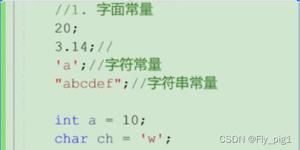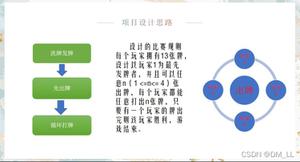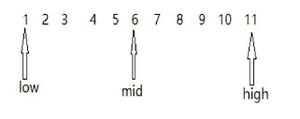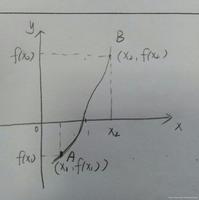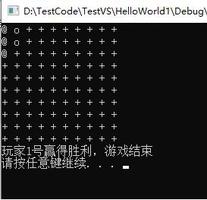C语言重新分配内存
示例
在为其分配了内存之后,可能需要扩大或缩小指针存储空间。该void *realloc(void *ptr, size_t size)函数释放由指向的旧对象,ptr并返回一个指向的对象的指针,该对象的大小由指定size。ptr是指向先前分配的内存块malloc,calloc或者realloc(或空指针)被重新分配。保留了原始内存的最大可能内容。如果新大小更大,则旧大小以外的任何其他内存都不会被初始化。如果新尺寸较短,则缩小部分的内容将丢失。如果ptr为NULL,则分配一个新块,并由函数返回指向它的指针。
#include <stdio.h>#include <stdlib.h>
int main(void)
{
int *p = malloc(10 * sizeof *p);
if (NULL == p)
{
perror("malloc() failed");
return EXIT_FAILURE;
}
p[0] = 42;
p[9] = 15;
/* Reallocate array to a larger size, storing the result into a
* temporary pointer in case realloc() fails. */
{
int *temporary = realloc(p, 1000000 * sizeof *temporary);
/* realloc() failed, the original allocation was not free'd yet. */
if (NULL == temporary)
{
perror("realloc() failed");
free(p); /* Clean up. */
return EXIT_FAILURE;
}
p = temporary;
}
/* From here on, array can be used with the new size it was
* realloc'ed to, until it is free'd. */
/* The values of p[0] to p[9] are preserved, so this will print:
42 15
*/
printf("%d %d\n", p[0], p[9]);
free(p);
return EXIT_SUCCESS;
}
重新分配的对象可能与或没有相同的地址*p。因此,realloc如果调用成功,则捕获包含新地址的返回值很重要。
确保你的返回值分配realloc给temporary代替了原来的p。realloc如果发生任何故障,将返回null,这将覆盖指针。这将丢失您的数据并造成内存泄漏。
以上是 C语言重新分配内存 的全部内容, 来源链接: utcz.com/z/343149.html


